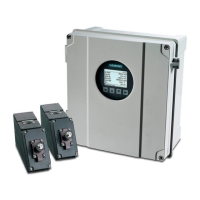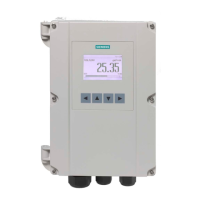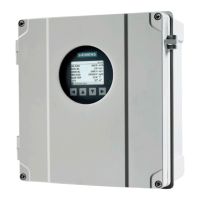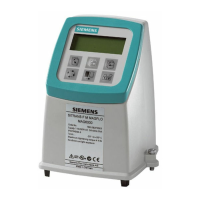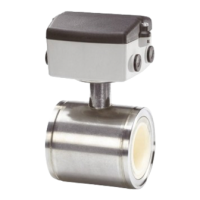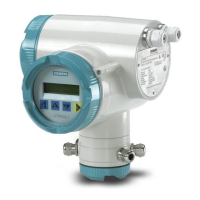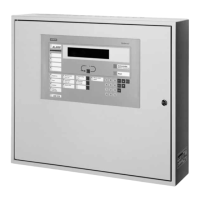Planning an FDnet detector line
7
65 |
Building Technologies
Device type Type Description AI EAI FDSB291
Radio gateway (SWING) FDCW241
Gateway for the wireless transmission
of detector signals to the FDnet
X X –
Neural radio fire detector
(SWING)
FDOOT271
Optical-thermal fire detector with radio
transmission to the radio gateway
FDCW241
X X –
Radio manual call point
(SWING)
FDM273
Indirect activation via radio gateway
FDCW241
X – –
FDM275
Direct activation via radio gateway
FDCW241
X – –
Communication
transponder for aspirating
smoke detector
FDCC221S
FDnet interface for aspirating smoke
detector ASD FDA2xx (in the system
only visible as FDCIO222)
X – –
Aspirating smoke
detector
VLF-250/-500 VESDA LaserFocus (laser monitoring) – – –
Table 11: Devices that can be connected to the FDnet detector line
X Possible / available
– Not possible / not available
1
Possible as of ES ≧ 43 of heat detector
2
Check with your country representative that this detector is approved for
↑ FDnet in your country.
3
Only via communication transponder FDCC221S
Most devices are supplied via the
The input/output module FDCIO223 must have an external power supply.
All FDnet devices have an integrated line separator.
NOTICE
Influencing the earth fault monitoring
Faults
● For devices on the ↑ FDnet with a separate supply, the supply must be
electrically isolated. FDCIO223 is an exception to
Additional documentation
● You will find detailed information on functions, connection factors and device
compatibility in document 'List of compatibility'.
● You will find detailed information on the devices in the corresponding technical
description for the device. Document 008723 contains the list of all documents
about periphery devices.
● For the connection of the VdS extinguishing interface in compliance with the
VdS provisions, the input/output module FDCIO224 must be used, see
document 007023.
See chapter 'Applicable documents'.
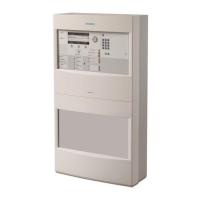
